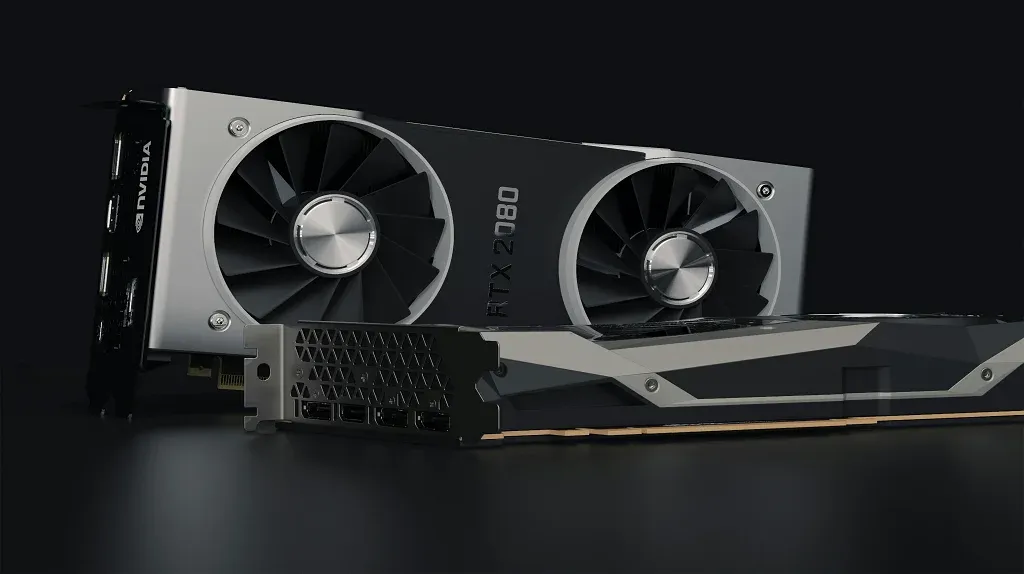Your graphics processing unit (GPU), often referred to as your graphics card, is a crucial component for running demanding applications like video games and video editing software. Just like your central processing unit (CPU), the GPU generates heat during operation. Monitoring your GPU temperature is essential for maintaining optimal performance and preventing damage from overheating.
What is GPU Temperature and Why is it Important?
GPU temperature is measured in degrees Celsius (°C) and reflects how hot the GPU chip is getting. During regular use, the GPU temperature will fluctuate. However, excessively high temperatures can lead to throttling, where the GPU reduces its performance to avoid overheating. In extreme cases, prolonged exposure to very high temperatures can damage the GPU.
Ideal GPU Temperature Range
The ideal GPU temperature range can vary depending on the specific graphics card model. Typically, a safe operating range for most GPUs is between 65°C and 85°C. If the temperature consistently reaches or exceeds 85°C, it's recommended to investigate ways to improve cooling.
How to Check Your GPU Temperature?
There are several ways to check your GPU temperature, using built-in Windows features, software provided by your graphics card manufacturer, or third-party monitoring tools.
Checking GPU Temperature with Windows Task Manager (Windows 10 & 11):
- Press Ctrl + Shift + Esc to open the Task Manager.
- Click on the "Performance" tab.
- Expand the "GPU" section by clicking the arrow.
- The current GPU temperature will be displayed under "Temperature".
Using GPU Manufacturer Software:
- Nvidia GeForce Experience: Nvidia graphics card users can download and install GeForce Experience, which provides a variety of features including monitoring GPU temperature.
- AMD Radeon Software: AMD Radeon Software offers similar functionalities for AMD Radeon graphics cards.
Third-Party Monitoring Tools:
Popular third-party options for monitoring GPU temperature include:
- MSI Afterburner: A widely used tool that provides detailed system monitoring, including GPU temperature.
- HWiNFO: Offers comprehensive system information and sensor readings, including GPU temperature.
- Open Hardware Monitor: A free and open-source tool for monitoring various system parameters, including GPU temperature.
Keeping Your GPU Cool
Here are some tips for keeping your GPU temperature under control:
- Ensure Proper Ventilation: Make sure your computer case has adequate airflow. Clean dust buildup from vents and fans regularly.
- Adjust Fan Curve: Some graphics cards allow you to adjust the fan curve to increase cooling at higher temperatures. This can be done through manufacturer software or third-party tools.
- Undervolting: Undervolting slightly reduces the voltage supplied to the GPU, which can lower temperatures without significantly impacting performance. However, undervolting should be done with caution to avoid instability.
By monitoring your GPU temperature and taking steps to keep it cool, you can ensure optimal performance and longevity for your graphics card.

